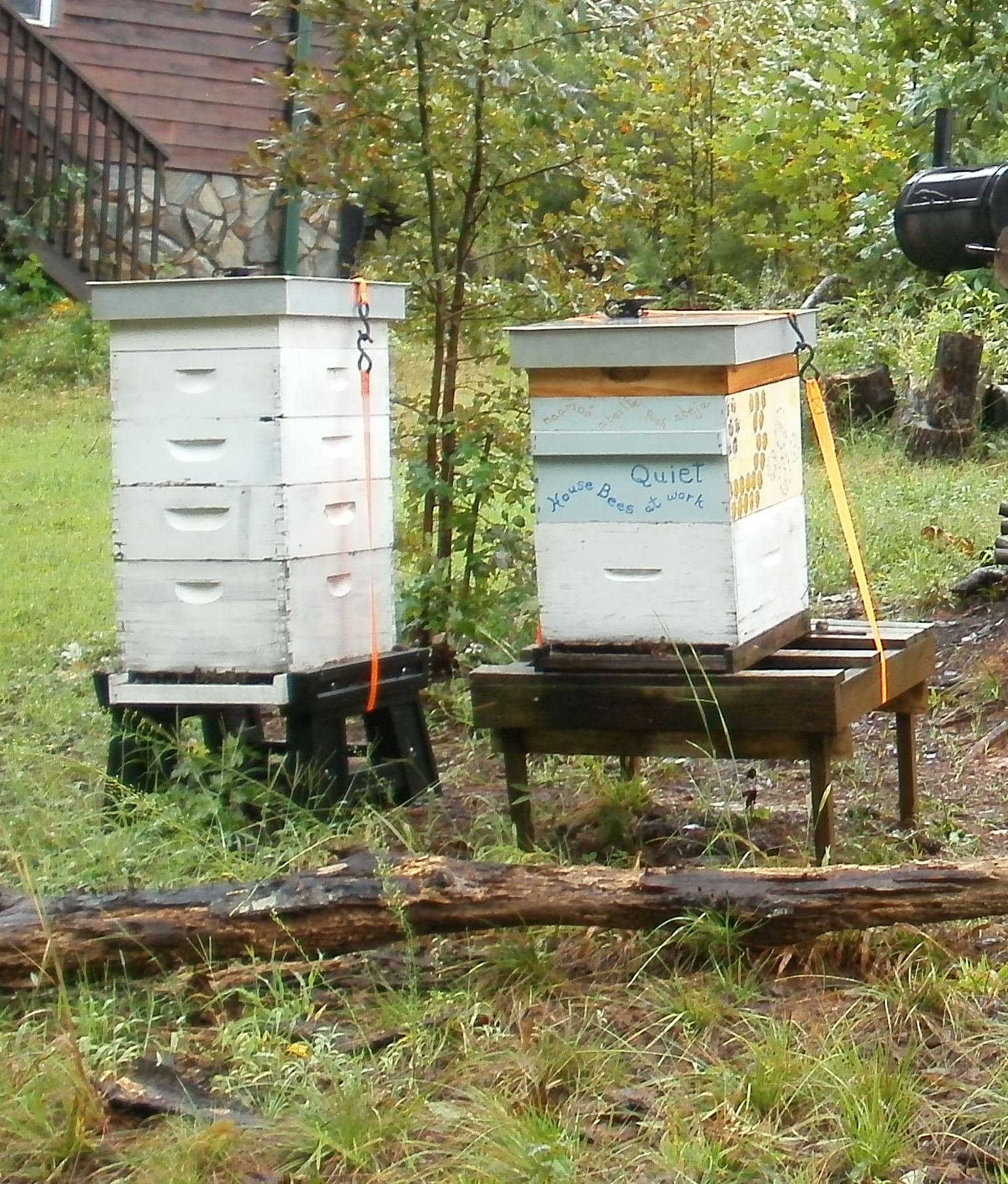Protective Measures of Beehives During Hurricanes
go.ncsu.edu/readext?486460
en Español / em Português
El inglés es el idioma de control de esta página. En la medida en que haya algún conflicto entre la traducción al inglés y la traducción, el inglés prevalece.
Al hacer clic en el enlace de traducción se activa un servicio de traducción gratuito para convertir la página al español. Al igual que con cualquier traducción por Internet, la conversión no es sensible al contexto y puede que no traduzca el texto en su significado original. NC State Extension no garantiza la exactitud del texto traducido. Por favor, tenga en cuenta que algunas aplicaciones y/o servicios pueden no funcionar como se espera cuando se traducen.
Português
Inglês é o idioma de controle desta página. Na medida que haja algum conflito entre o texto original em Inglês e a tradução, o Inglês prevalece.
Ao clicar no link de tradução, um serviço gratuito de tradução será ativado para converter a página para o Português. Como em qualquer tradução pela internet, a conversão não é sensivel ao contexto e pode não ocorrer a tradução para o significado orginal. O serviço de Extensão da Carolina do Norte (NC State Extension) não garante a exatidão do texto traduzido. Por favor, observe que algumas funções ou serviços podem não funcionar como esperado após a tradução.
English
English is the controlling language of this page. To the extent there is any conflict between the English text and the translation, English controls.
Clicking on the translation link activates a free translation service to convert the page to Spanish. As with any Internet translation, the conversion is not context-sensitive and may not translate the text to its original meaning. NC State Extension does not guarantee the accuracy of the translated text. Please note that some applications and/or services may not function as expected when translated.
Collapse ▲
With the track of tropical storm Debby poised to make a significant impact on North Carolina, there are some important considerations for beekeepers who may be affected by the heavy rain and winds. Please further disseminate to your local network of beekeepers.
First, make sure hive equipment is secured to resist strong winds. A simple brick on the top lid is likely to be insufficient to keep the lid from flying off in winds above 50 mph. A lidless hive can cause problems for the bees by introducing moisture and letting heat escape. Strapping the lid down with ratchet straps or securing with duct tape might be in order, particularly for outlying yards. The same is true for hive boxes, particularly if they are relatively new (i.e., the bees have not yet propolized them together sufficiently). Also consider removing unnecessary boxes (e.g., top-hive feeders) to minimize the wind profile.
Third, beware of falling trees and tree limbs. These can be particularly problematic for beehives since they can completely crush all equipment and kill the entire colony. It is also hard to prevent with some sort of barrier or cover because of the sheer weight of many trees, so if you apiary is in a wooded location you may need to move the hives temporarily.
Finally, following heavy rains associated with tropical cyclones, various local and state agencies have traditionally sprayed regions with stagnant water to control mosquito outbreaks. While important for public health, such insecticides can be extremely problematic for honey bees. If you are registered through the NCDA&CS through the volunteer program DriftWatch, you will be contacted directly if your beehives are in an area schedule to be sprayed. If you are not registered, however, the state has no means to notify you and your bees may be at risk to insecticide exposure. Please consult the Agricultural Chemical manual for information and advice about how to mitigate exposure to pesticides.


